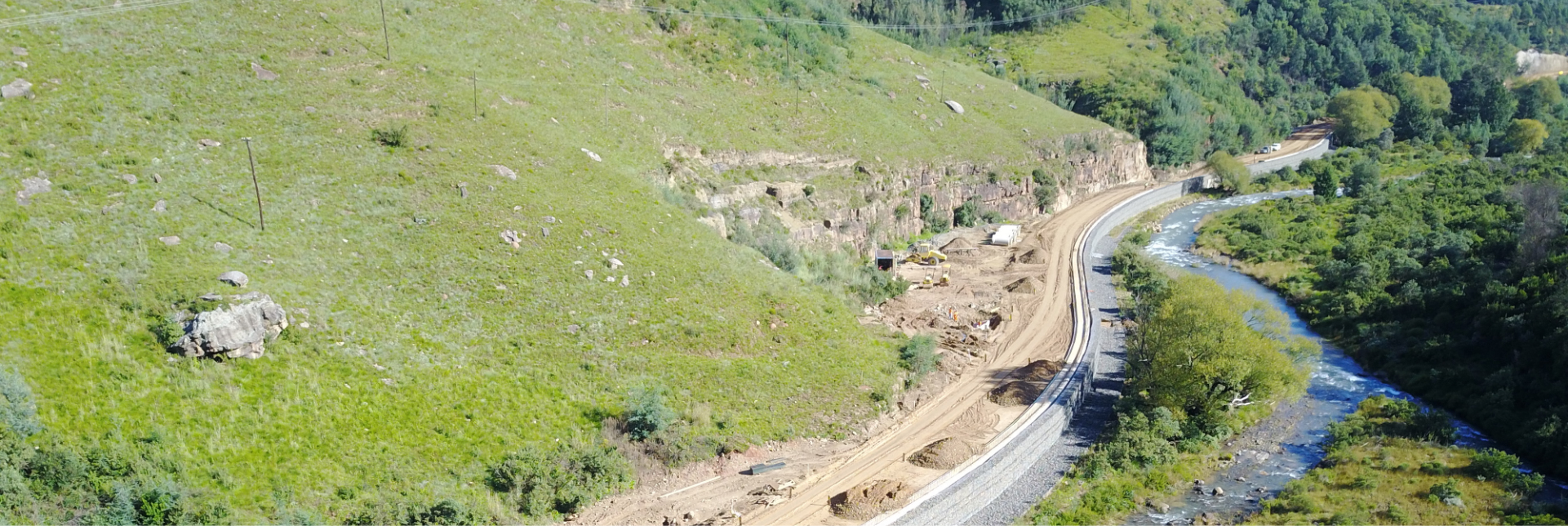Webinar Description
Craig Benson will discuss In-service Condition of Final Covers Over Historic Uranium Mill Tailings Disposal Facilities in the US in this webinar.
Studies conducted in the last two decades have shown that earthen final covers relying on engineered barrier layers having low hydraulic conductivity are prone to structural change, and are often substantially more permeable than anticipated during design. In this study, we evaluated final covers at four uranium (U) mill tailings disposal facilities that were constructed in response to the Uranium Mill Tailings Radiation and Control Act (UMTRCA) of 1978. They have been in-service for two to three decades with minimal maintenance outside of surficial repairs and mowing. Analog profiles having similar characteristics as the cover at each site were also studied to provide insight into the very long-term condition that may be realized. At each site, multiple test pits were excavated to expose the radon (Rn) barrier layer. Rn flux measurements were made on the surface of the barrier using different size chambers, and large intact block samples were collected from the Rn barrier for hydraulic conductivity assessment. Radon flux measurements were also made on the underlying tailings so that the Rn diffusion coefficient could be determined. Morphological studies were conducted to characterize the structure in the Rn barriers, which was quantified using a soil morphological development score (SMDS). Findings from the study demonstrated that extensive structure had developed in the Rn barrier at each site, leading to much more permeable conditions than anticipated during design (<1×10-9 m/s). The Rn diffusion coefficients were also higher than anticipated during design, in some cases. The hydraulic conductivities and diffusion coefficients were strongly related to the degree of structural development, as indicated by the SMDS. Despite these alterations, radon fluxes at each site met the requirements stipulated in UMTRCA, even after decades of service (<0.74 Bq/m2-s). This was a collaborative project conducted by the US Department of Energy, the US Nuclear Regulatory Commission, the University of Wisconsin-Madison, the University of Virginia, and the Desert Research Institute.
About the presenter
Craig Bensons expertise falls in the discipline referred to as geoenvironmental engineering. This discipline is at the interface of the built and natural environments, and deals with issues in the subsurface or interactions between conditions at the earth’s surface and the subsurface. He is a Dean of the School of Engineering and the Hamilton Endowed Chair in Engineering at the University of Virginia(UVA)
Craig has been conducting research related to protection of the environment for three decades, with primary focus on environmental containment of solid, hazardous, radioactive, and mining wastes; beneficial use of industrial byproducts; and sustainable infrastructure. He is recognized as a foremost international authority on waste containment systems, and is widely sought after for his expertise in design, operation, and performance assessment of waste disposal facilities.

